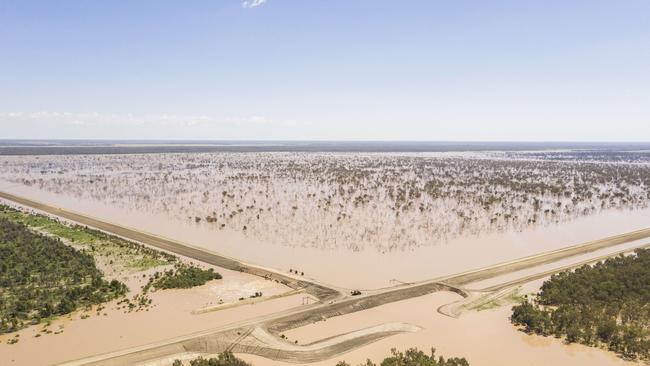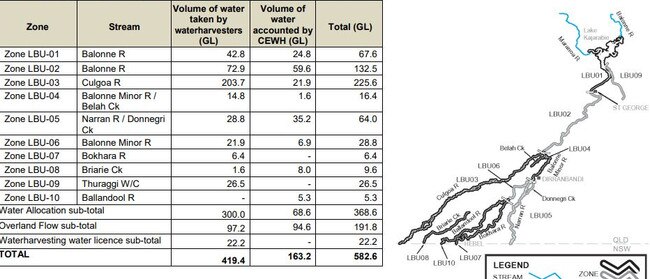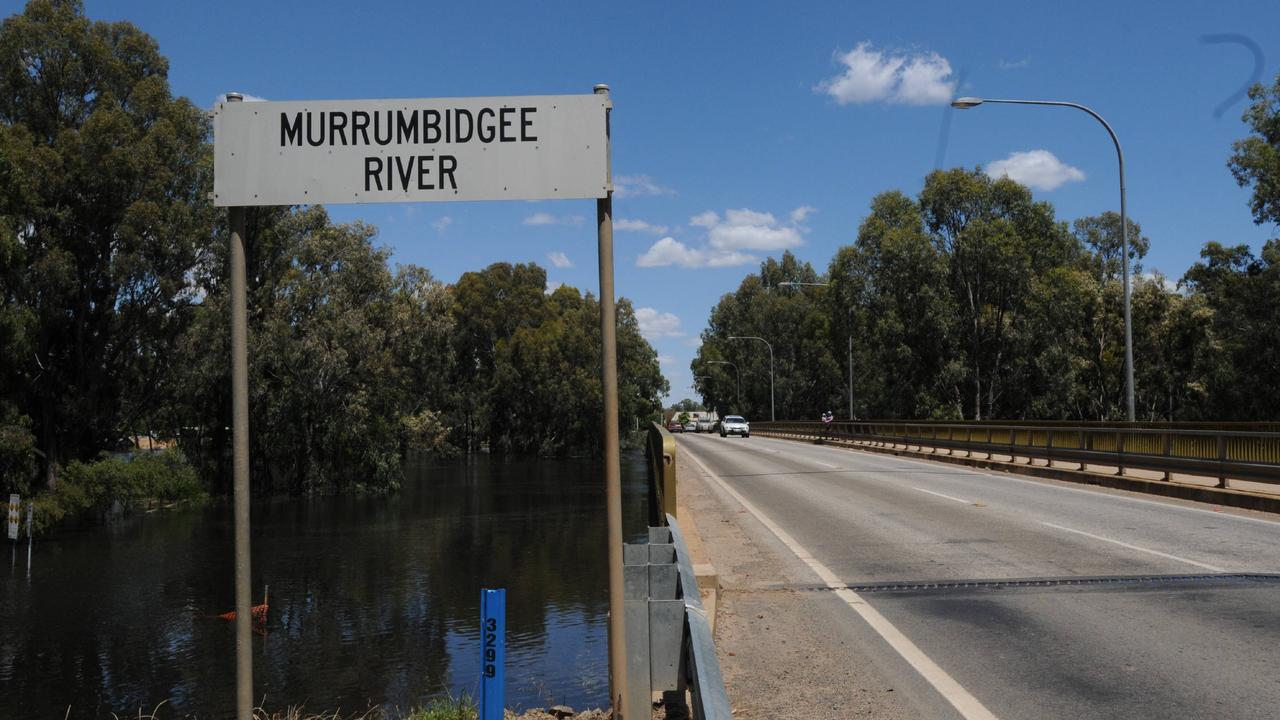Queensland flood harvest: Cubbie and others capture 420GL in 31 days
As La Nina opens up the skies, evidence emerges of just how much Queensland irrigators are harvesting from the Darling River’s headwaters.

FLOODPLAIN harvesters and pumpers captured 30 per cent of the floodwater that swept down the Balonne and Maranoa Rivers past St George earlier this year.
A Queensland Department of Natural Resources, Mines and Energy report into the flood flows, released last month, found that from February 16 to March 18 this year “water harvesters” took 419.4 gigalitres out of the Lower Balonne River system.
At the time of the Queensland floods The Weekly Times published satellite images of water being harvested by the state’s largest cotton irrigation property, Cubbie Station.
In 31 days Cubbie and other southern Queensland irrigators harvested a volume equivalent to about 80 per cent of the water used by the entire Goulburn Murray Irrigation District last season – 511GL.
All up, the Queensland department reported 1442GL flowed past St George before splitting into five river channels and pouring across the region’s flood plains.
Much of the water then spread across the Lower Balonne flood plain, where it cannot be measured by in-stream gauges.

Consequently just 171GL was measured flowing into NSW, past gauges just upstream of where the Culgoa and Bokhara Rivers flow into the Barwon River.
Further east just 61GL was measured at the Narran River gauge, where it flows out across the region’s RAMSAR listed wetlands and lakes.
Flights by the University of NSW across the region last week, as part of the Eastern Australian Waterbird Survey, found few waterbirds on the Narran wetlands, due to what the team claimed was over-extraction by Queensland irrigators.
“There were only three glossy ibis, nothing particularly spectacular for Narran which can have hundreds of thousands of breeding ibis,” the team reported on their blog.
“Unfortunately, there wasn’t enough water this year to trigger any breeding, now with most of it drying right back. Management of water here is an ongoing challenge.
“We have analysed waterbird breeding on Narran and shown significant declines in the frequency of breeding because not enough water reaches the wetland any more, given the extractions upstream.
“Sadly, its ecological character, an obligation for governments to maintain, will continue to decline over time.”
MORE
FLOOD HARVESTERS GRANTED RIGHTS


